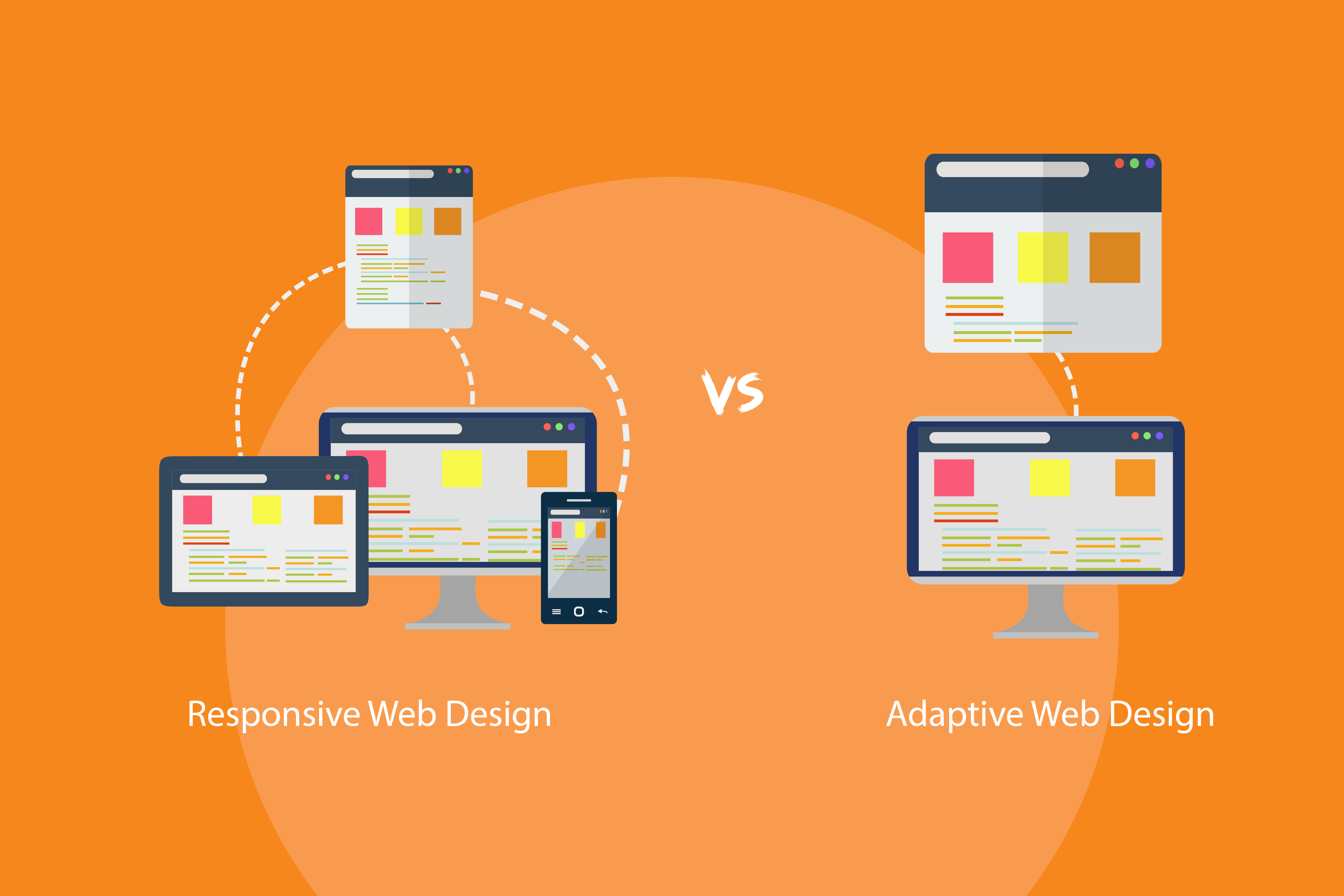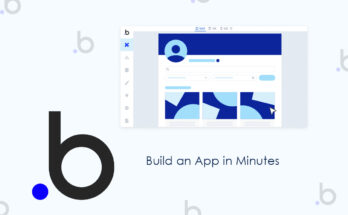No-code tools have changed the way app development is carried out which allows learners to create applications that are highly sophisticated without typing a single line of code. Some of the top no-code platforms are Flutter Flow and Bubble. In this comparison, we will unravel their strengths, features, and differences to assist you in choosing the one that suits best for your needs.
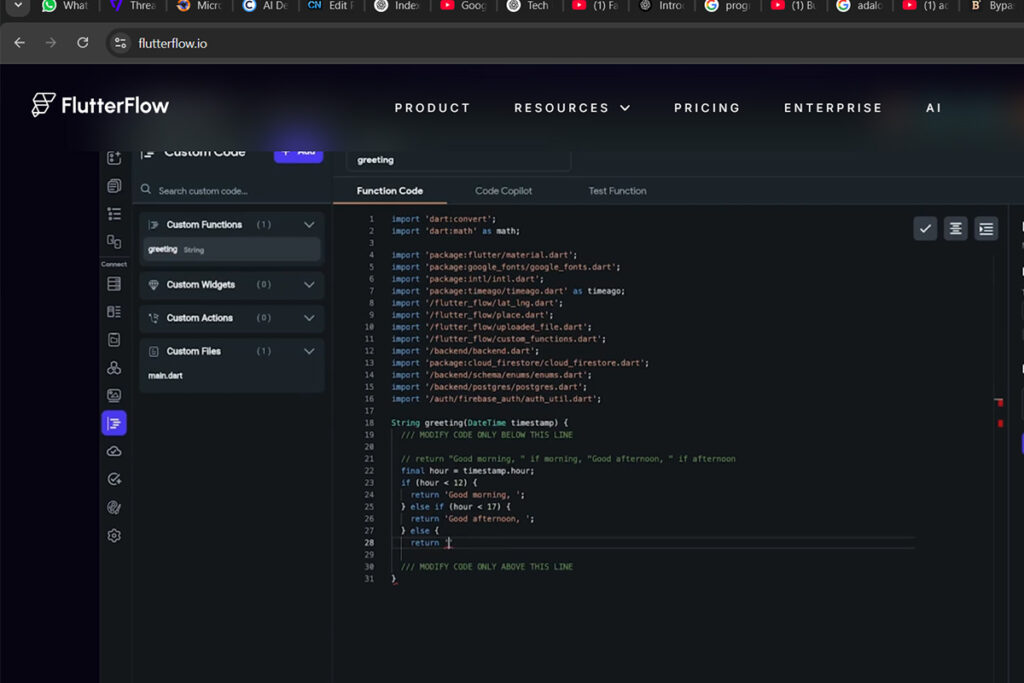
What is Flutter Flow?
Flutter Flow is a no-code application for the construction of advanced mobile apps through the use of Google’s Flutter framework. It allows users to design, develop, and launch apps for both iOS and Android. Through the user interface, you can drag-and-drop, use widgets that can be customized and save time with Firebase integration to help you create apps without any coding knowledge. In case of need, you could also export the Flutter code of the app for future development.
What is Bubble?
Bubble is a no-code platform with the concentration on developing web applications. It provides an efficient drag-and-drop interface for creating apps and works smoothly with APIs and databases. When compared to other platforms, Bubble has advanced features which make it the most suitable choice for creating software as a service (Saas) platforms, marketplaces, and other intricate web applications. It doesn’t have code export, but it is the most flexible and scalable in customization.
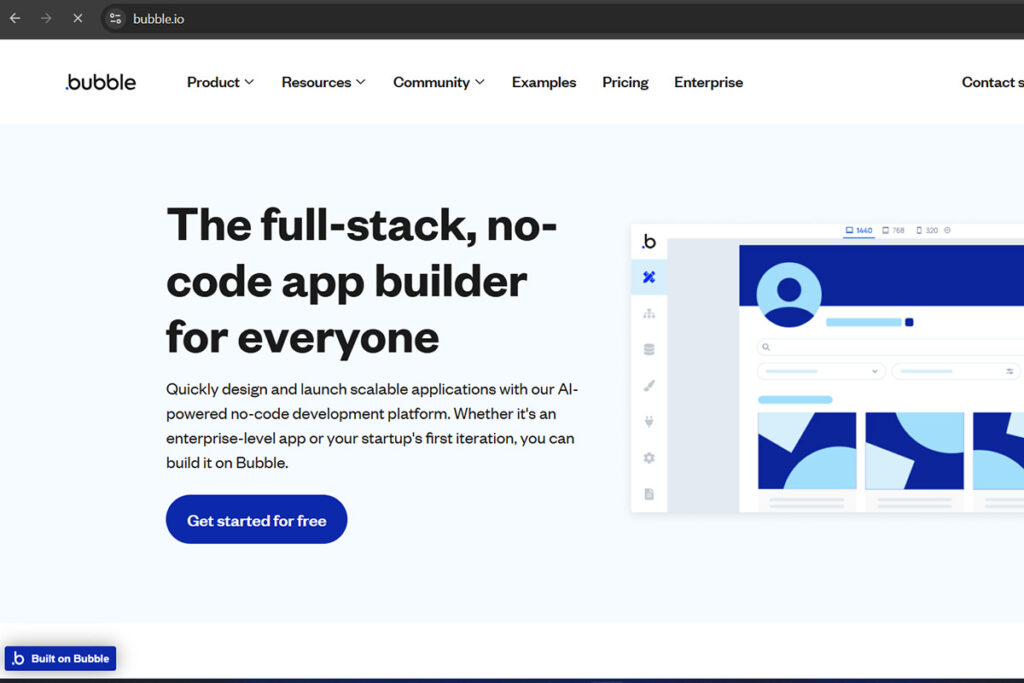
Flutter Flow and Bubble Comparison and Analysis
1. Focus Area
Mobile Applications Development Versatile Application Development
Flutter Flow is advertised as a platform builder for mobile apps focusing on both iOS and Android devices. If you need to create an app with a mobile core, this is the best tool for you.
On the other hand, Bubble is focused on web applications and provides powerful and flexible tools for building complex applications with data sets.
2. Templates and User Experience
FlutterFlow provides an easy-to-use drag-and-drop interface that enables the design of mobile apps with pre-built widgets and templates.
Bubble allows for greater creativity in designing web applications, but is more challenging to learn due to its range of complex design and logic options.
3. Application Backend Services & Data Storage
Flutter Flow connects with Firebase for backend and database systems, which suits simpler applications perfectly.
Bubble includes an external database and more automated work flow guarantees, which makes it ideal for applications that are data intensive.
4. Exported Code of Flutter and Modifications
Future development to the app is enabled with Flutter Flow’s code export feature. Therefore, all changes can be made externally.
There is no possibility of modifying the structure, logic, and flow of the Application in Bubble because it does not allow for code export.
5. Learning Curve and Usability
This makes Flutter Flow especially easy to use for beginner developers or for mobile-first projects.
Bubble is more difficult to master than Adalo due to its extensive features but is much more flexible for complex apps.
6. Pricing
FlutterFlow has a free plan, and paid plans starting at $25/month.
Bubble also offers a free plan, with pay as you go plans starting from $29/month based on your app’s requirements.
Flutter flow Vs Bubble : No Code [ Video Link]
Which One Should You Choose?
Choose FlutterFlow if:
- You wish to develop mobile applications for both iOS and Android.
- You want exportable code for future development.
- You want a simple backend with Firebase integration.
Choose Bubble if:
- You are writing a web application that canvassed for complex workflows and fine data management.
- You want a flexible framework for creating interactive apps.
- You’re willing to face a steeper learning curve for more advanced features.
- Make No-code Apps with Bubble or Adalo Both are serious platforms to create powerful apps.
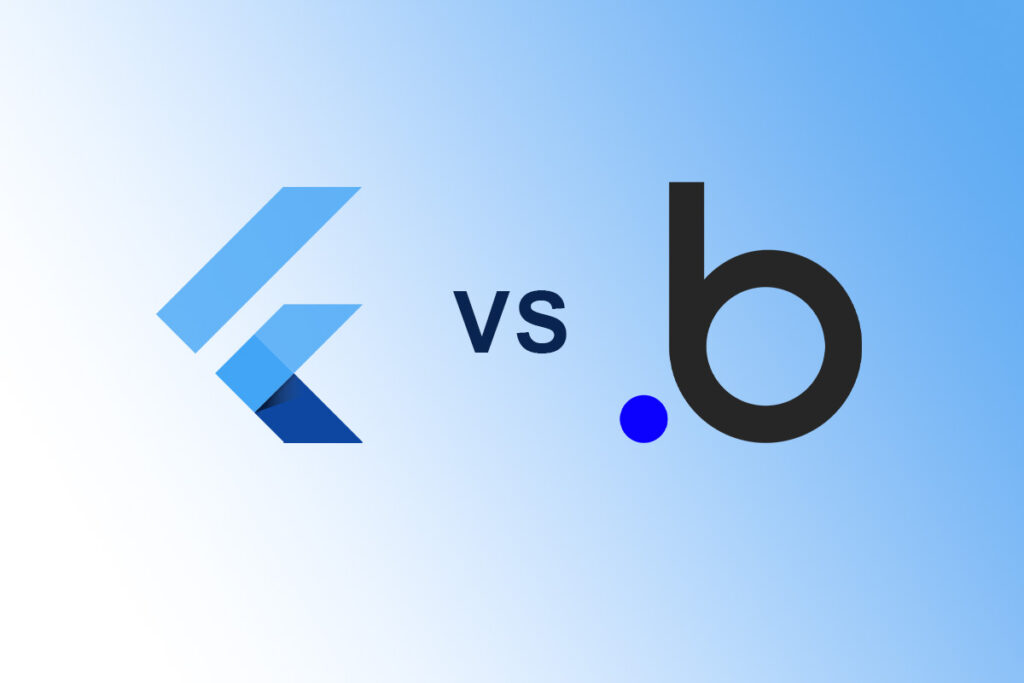
Conclusion
The no-code solutions from Flutter Flow and Bubble exist to meet different business requirements. Users who focus on creating mobile applications for Android and iOS platforms together with easy integration of backend components should choose Flutter Flow because it provides the ability to export Flutter code for later development. Chinese users can gain better control and flexibility by using Bubble when developing web applications that require complex workflows alongside dynamic databases and high customization needs.
Your development platform depends on creating a mobile or web application and the extent of project complexity you need. The decision between these platforms depends on your individual application development needs because they enable codeless application creation.


